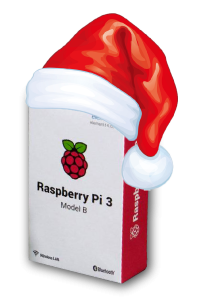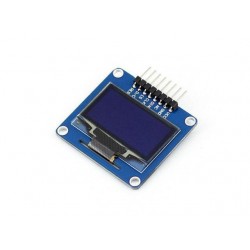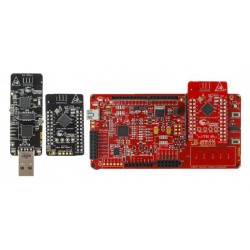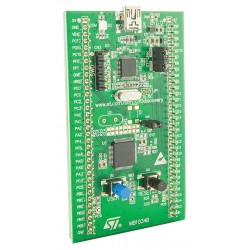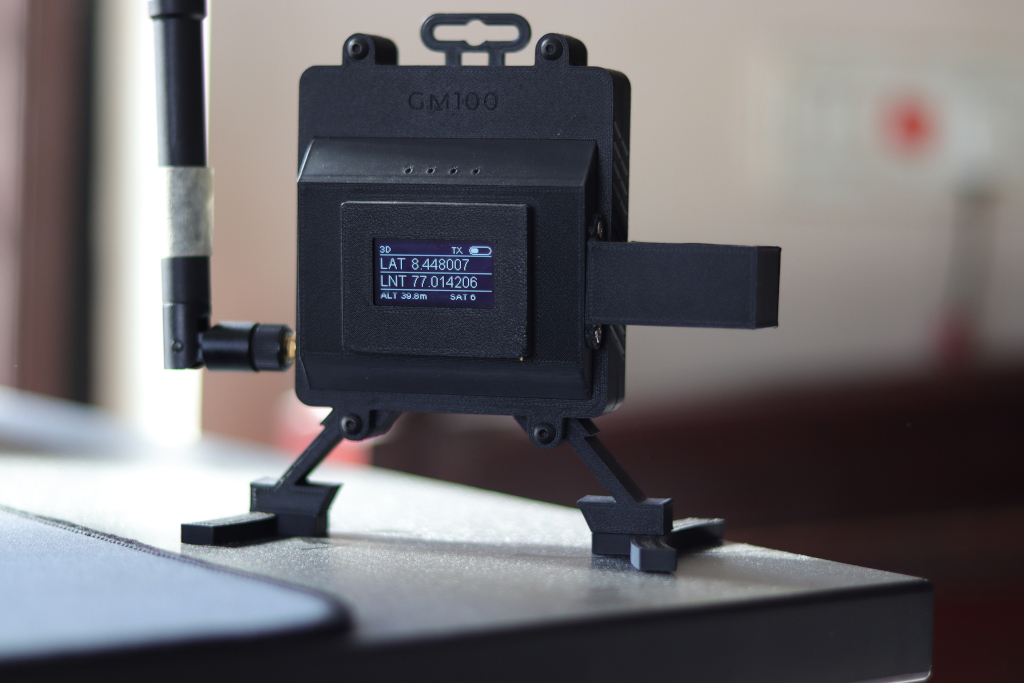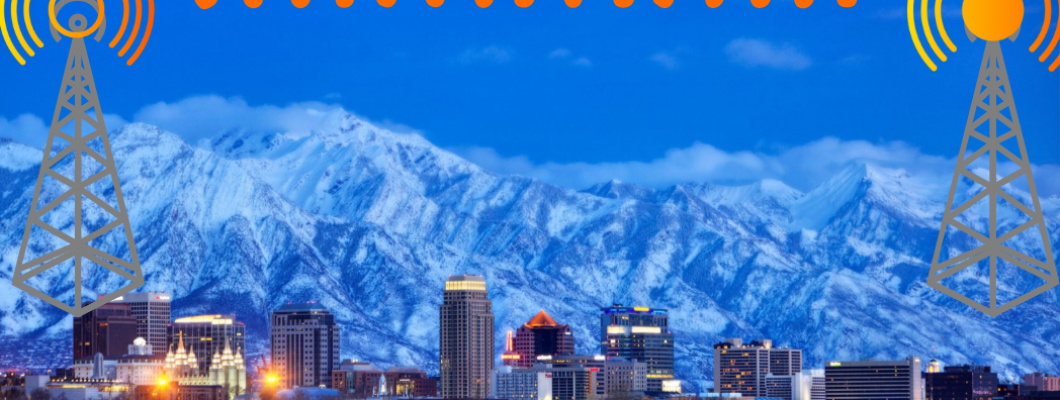
Unleashing the Power of LoRaWANs: Scaling Peaks and Breaking Barriers in our Recent 1W Transmitter Range Test! Discover the astonishing 6.74 km range we conquered in hilly terrain with a clear line of sight, and stay tuned as we set our sights on reaching new heights – a staggering 15+ km awaits!
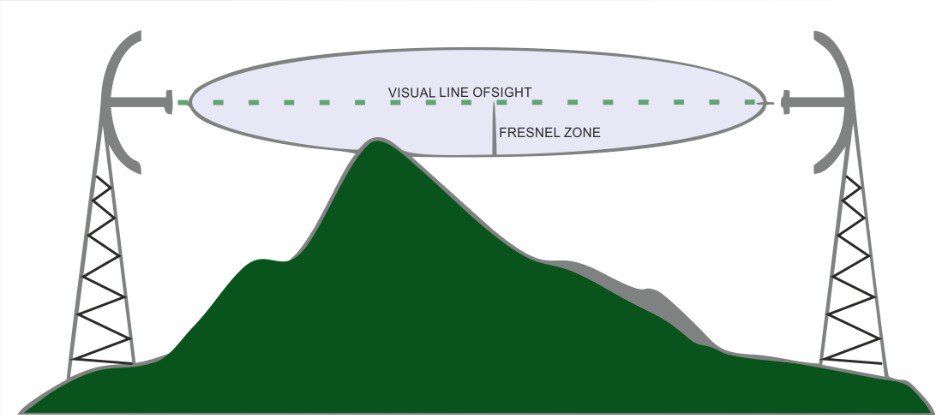
Long Range Wide Area
Networks, or LoRaWANs, are low-power, wide-area networks that use wireless
communication technology. The purpose of this post is to present the results of
a recent LoRa range test that we conducted using a 1W transmitter in a hilly
setting. In this line-of-sight test, we achieved a range of 6.74 kilometers
with the presence of the Fresnel zone, indicating that the signal path was
relatively clear. However, we expect to achieve a range of more than 15
kilometers with the same setup.
Hardware employed:
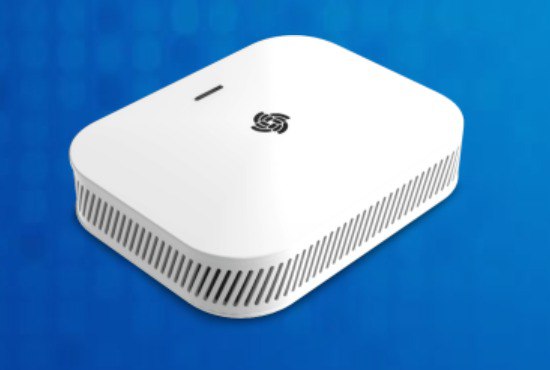
LoRA Gateway: RAK Wireless - [Wisgate Edge Lite 2]
GM100 (Modified for Range Testing)
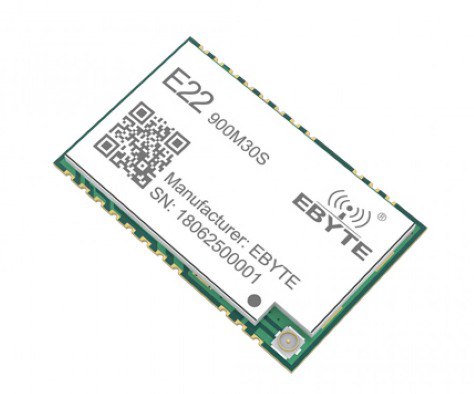
LoRa Transmitter: Ebyte - [E22900M30S]
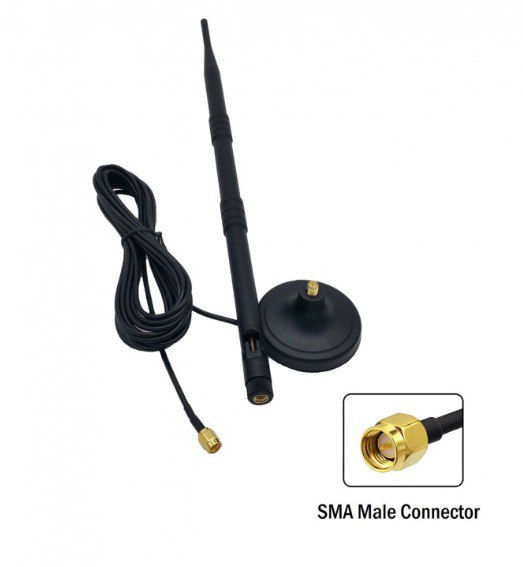
Transmitter Antenna: 868MHz LoRa 9dBi Rubber Magnetic with RG174 (L-3Mtr) Cable
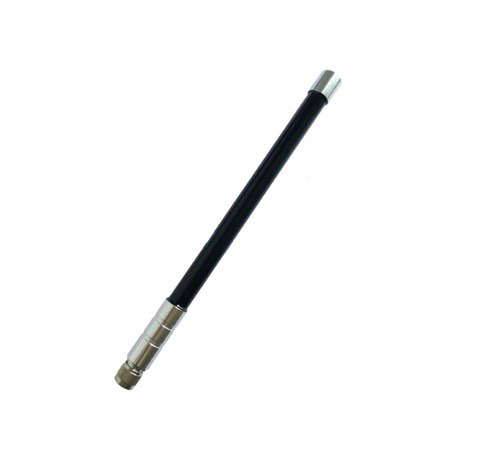
Receiver Antenna: 868MHz 15dBi Fiberglass Antenna and 868MHz 18dBi Fiberglass Antenna
GPS: Ublox GPS was used for accurate positioning.
LoRA Settings:
Frequency: ISM Band (865-868 MHz)
SF (Spreading Factor): 12
BW (Bandwidth): 125kHz
LoRaWAN Version: 1.0.2 Rev.B
Device Class: Class A
| Mode | Bitrate (bits/sec) | payload size (bytes) | Airtime(s) |
| SF12/125kHz | 250 | 15 | 1.646 |
Test Method:
Environment: Line of sight (hilly terrain)
TestLocation: Mukkunnimala Pallichal, Kerala (8.4641772,77.0208192) to Judgekunnu, Thiruvananthapuram, Kerala (8.450386,76.961288)
Test Results:
Initial
Setup:
To effectively test the range and signal strength of a wireless communication system using an Ebyte transmitter (E22900M30S) and RAK Wireless Wisgate Edge Lite 2 gateway.
Receiver
Setup:
- Installed the RAK Wireless Wisgate Edge Lite 2 gateway with an 18dBi receiver antenna in Mukkunnimala, Pallichal.
- Ensured that the receiver was properly connected and configured to receive signals from the transmitter
Transmitter
Setup:
- Installed the Ebyte transmitter (E22900M30S) with a 9dBi transmitter antenna in Judgekunnu, Thiruvananthapuram.
- Configured the Ebyte transmitter (E22900M30S) with the desired transmission parameters.
Signal
Strength Measurement:
Used GM100 (Modified for Range Testing) to measure the signal strength at various distances from the transmitter.
Data Collection:
We used the Ublox GPS to record the locations where the LoRa signal was received and GM100 (Modified for Range Testing) for determining signal strength and range.
Frame Count | Timestamp | Fix | Latitude | Longitude | Altitude | Satellites | RSSI (dBm) | SNR (dB) | Frequency (Hz) |
602 | 1/19/2024 12:27 | 1 | 8.449781 | 76.961578 | 71.9 | 11 | -97 | -2 | 865985000 |
605 | 1/19/2024 12:30 | 1 | 8.449805 | 76.961571 | 72.3 | 11 | -92 | 1.5 | 865985000 |
606 | 1/19/2024 12:31 | 1 | 8.449807 | 76.961571 | 72.6 | 11 | -94 | -2 | 865985000 |
607 | 1/19/2024 12:32 | 1 | 8.449811 | 76.961563 | 71.9 | 11 | -90 | 1 | 865985000 |
608 | 1/19/2024 12:33 | 1 | 8.449814 | 76.961563 | 72 | 11 | -92 | 0.8 | 865985000 |
609 | 1/19/2024 12:34 | 1 | 8.449811 | 76.961563 | 72.9 | 11 | -93 | -2 | 865985000 |
610 | 1/19/2024 12:35 | 1 | 8.44981 | 76.961571 | 73.8 | 11 | -93 | -2.8 | 865985000 |
611 | 1/19/2024 12:36 | 1 | 8.449813 | 76.961563 | 73 | 11 | -94 | -4.3 | 865985000 |
612 | 1/19/2024 12:37 | 1 | 8.449807 | 76.961563 | 72.6 | 11 | -96 | -8.3 | 865985000 |
The table shows the data collected using the GM100 (Modified for Range Testing) device
Findings:
We discovered that combining an 18dBi receiver antenna with a 1W transmitter power allowed us to significantly outperform our previous test results. Our previous tests in a Non-Line-of-Sight environment yielded a range of approximately 1.1 kilometers. In this hilly, LOS test, we were able to achieve a significantly longer range of 6.74 kilometers.
Higher gain antennas can capture signals more effectively and provide a stronger received signal, upgrading from a 15dBi receiver antenna to an 18dBi receiver antenna has resulted in RSSI values ranging from -90 dBm to -93 dBm.
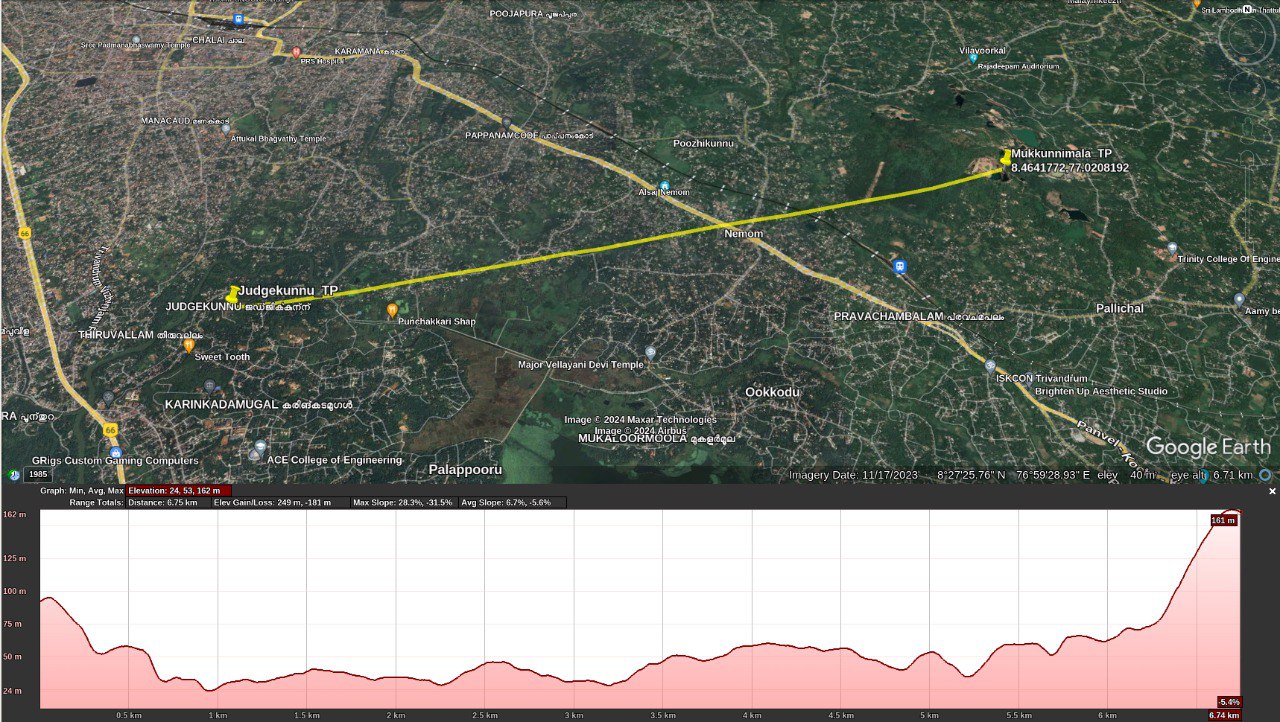
The diagram shows the test location, where we placed the receiver antenna in Mukkunnimala Pallichal, Kerala (8.4641772,77.0208192) and the transmitter antenna in Judgekunnu, Thiruvananthapuram, Kerala, (8.450386,76.961288) where we were able to achieve a range of up to 6.74 km.
Conclusion:
The use of an 18dBi receiver antenna in conjunction with a 1W transmitter in a line-of-sight, hilly environment yielded promising results, including a longer range and higher RSSI values. These findings indicate the robustness and reliability of LoRa technology, even in challenging environments. we are expecting to achieve a range of more than 15 kilometers with the same setup.
Reference:
What are LoRa and LoRaWAN? -https://www.thethingsnetwork.org/docs/lorawan/what-is-lorawan/
Line of Sight- The Real range of Wireless Communications -https://www.tekonelectronics.com/en/news/tekon-blog/line-of-sight-real-range-wireless-communications/
What Is Antenna Gain? - https://antennatestlab.com/antenna-education-tutorials/what-is-antenna-gain-dbi-scale
LoRaWAN airtime
calculator - https://www.thethingsnetwork.org/airtime-calculator

